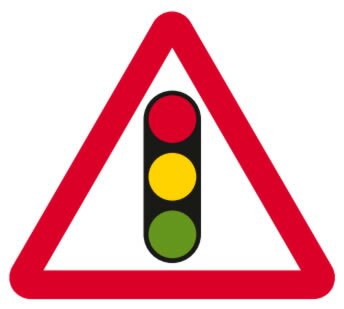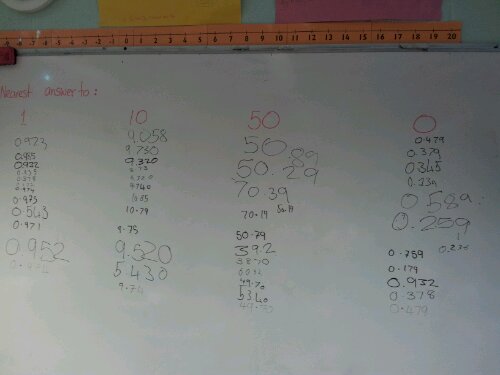In post 104 I mentioned a rather splendid traffic light percentages trail by Whidds (“Percentages shout out”). This week I decided to create my own traffic light trail.
How it works
Each card has three questions on it. Green is easy, amber is okay, red is challenging. Pupils write down the card number and which colour they are attempting. Pupils are free to choose the level of difficulty – however the teacher can direct them to harder/easier questions as appropriate.
My trail is about division:
Green = Division based on understanding of multiplication tables.
Amber = Short division, no remainders
Red = Same digits as amber, but with a decimal divided by an integer
Download the Division traffic light trail.
Running the activity
My cards are actually powerpoint slides. I started by showing the class the first question and explaining how to choose and answer. I printed out the question slides 2 per sheet of A4 to make roughly A5 cards.
Of course, there was a twist – I hid the cards around my room and in the corridor. A helpful (tall) sixth former had even stuck one on the ceiling for me! There was a real feeling of enthusiasm as the class searched for and answered the cards. One pupil finished the whole trail very quickly, so he was sent around again. I suggested amber questions, he went for red cards and was very successful.
You might decide to award points for level of difficulty for an additional level of competition.
At the end of the activity, I showed the final slide of the presentation: colour coded answers. They marked their own work.
Review
I was really pleased by the increased level of engagement throughout the class. And burning off some surplus energy didn’t do any harm either!


